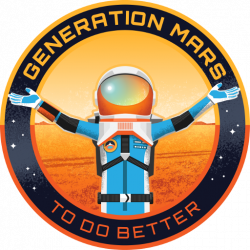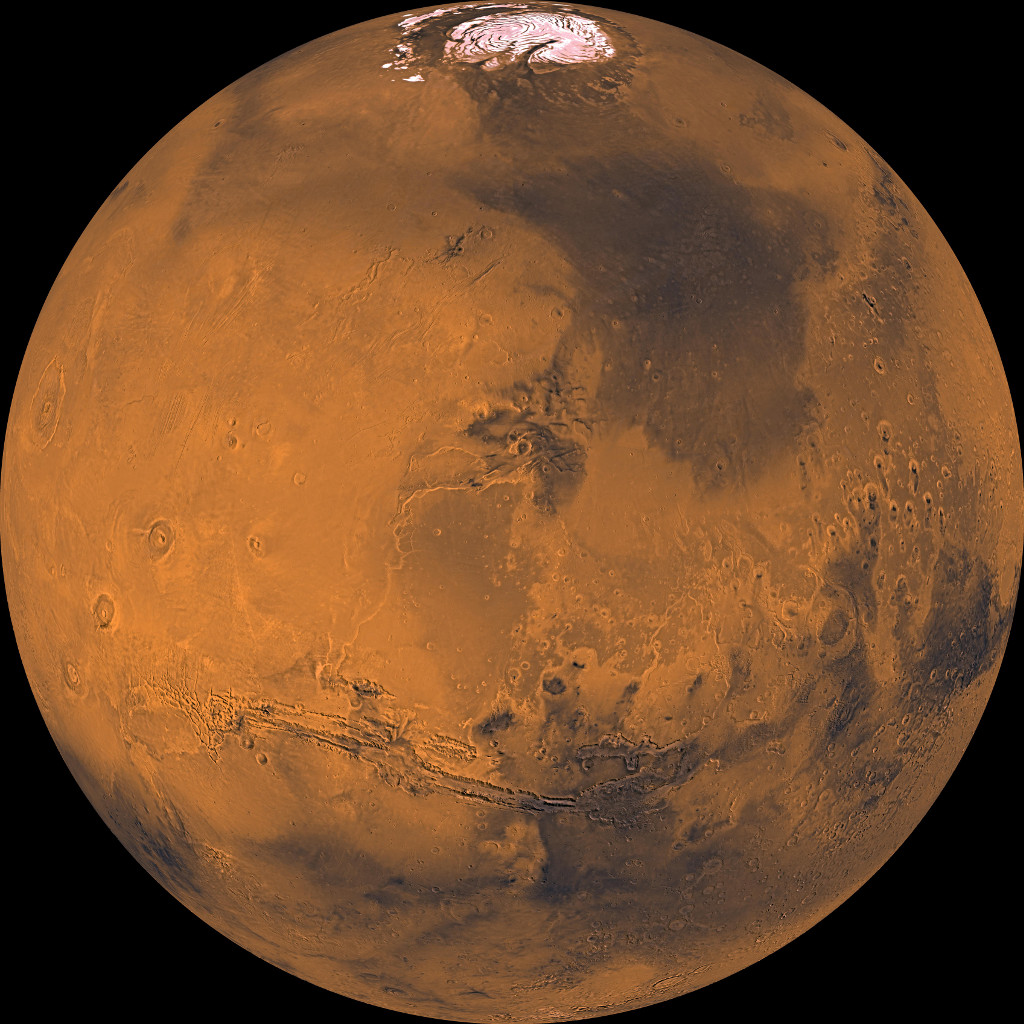“He noted that space exploration had a benefit beyond dollars and cents, and pointed to the example of his own children. Muilenburg said his daughter was thrilled to try on a Boeing Starliner spacesuit during a recent family visit to Florida, while his son was entranced by the work being done on SLS.
“The inspiration quotient is very high,” Muilenburg said.”






